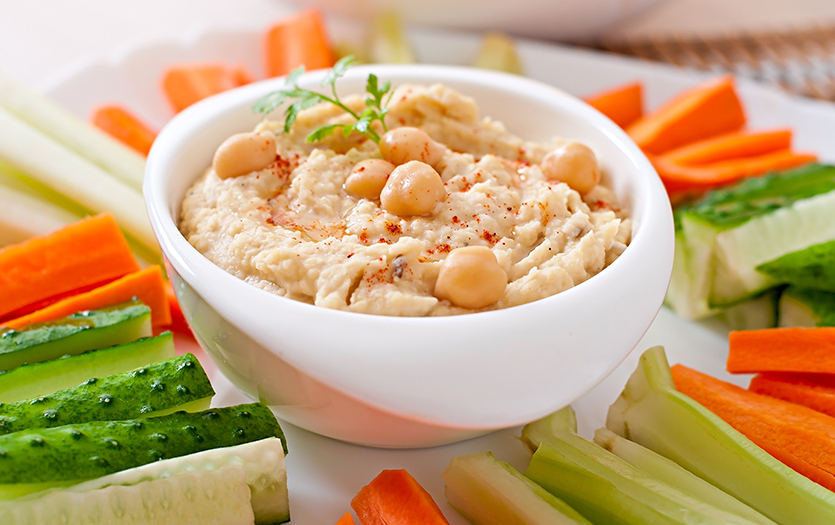
This post was written by Caitlyn Bauer, RDN, Parkview Center for Healthy Living.
Most people associate meat and animal products with high levels of protein, but did you know that there are other ways to give your body this powerhouse nutrient? Recent guidelines by the United States Department of Agriculture (USDA) and Health and Human Services (HHS) report that eating protein from a mix of sources can increase your intake of important vitamins and minerals. Let’s delve into these guidelines, protein and how you can learn to cook up healthy snacks and lunches in new, exciting ways.
Updated dietary guidelines
Every five years, the USDA and HHS publish updated guidelines for healthy eating for Americans. The most current edition, “Dietary Guidelines for Americans 2020-2025,” reflects up-to-date research for healthy eating among all lifecycles, from infancy through older adult, including pregnancy. The guidelines encourage Americans to choose nutrient-dense foods and beverages that provide a vast array of vitamins, minerals and other health-promoting components, and have little added sugars, saturated fat and sodium.
Despite these dietary guidelines having been available since 1980, many Americans fall short of meeting the recommendations and diet-related diseases continue to rise. The guidelines are intended for general, healthy eating and dietary patterns, not for the treatment of specific diseases. For help navigating disease-specific diet recommendations, set an appointment with a registered dietitian.
The value of varying your protein sources
According to the most recent guidelines, many Americans can improve their dietary patterns by choosing from a wider variety of protein sources throughout the week. Examples of protein-containing foods include meat, poultry, eggs, fish, seafood, dairy, beans, nuts and soy.
While Americans are eating enough protein overall, we struggle to vary the sources of protein. According to the 2020-2025 guidelines:
- 75% of Americans meet or exceed the recommendation for animal sources of meat, poultry, and eggs.
- 90% do not meet the recommendation for seafood consumption.
- More than 50% do not meet the recommendation for nuts, seeds, and soy products.
Mixing up protein sources between animal and plant-based alternatives (those other than meat, poultry and eggs) helps increase dietary fiber, reduce saturated fat and sodium consumption, and increase intake of vitamins and minerals, such as vitamin D and calcium.
Incorporating alternative proteins
Meal prepping and cooking with alternative protein sources can be a fun and healthy way to mix-up everyday meals. See the tips below for some easy, practical ways to mix up protein sources for some healthier options:
- Serve hummus with vegetables in a pita for lunch.
- Snack on baked, seasoned chickpeas.
- Add lentils to a stir fry or make sloppy joe-style lentils for dinner.
- Make tempeh “steaks,” a traditional Indonesian food made from fermented soybeans in place of regular steak.
- Use textured vegetable protein (TVP) in soups or marinara sauces.
- Eat Greek yogurt or cottage cheese as a meal or snack for added calcium benefit.
With a little bit of planning, varying up protein sources can be both easy and enjoyable!
Keep reading
If you found this post helpful, we think you’ll enjoy these other articles from the Parkview Dashboard:
Ten weeks to plant-based eating – Week 10 (contains links to Weeks 1-9 as well)
How to get the most out of protein bars and powders
Browse our recipes on Pinterest



